Nannup, WA
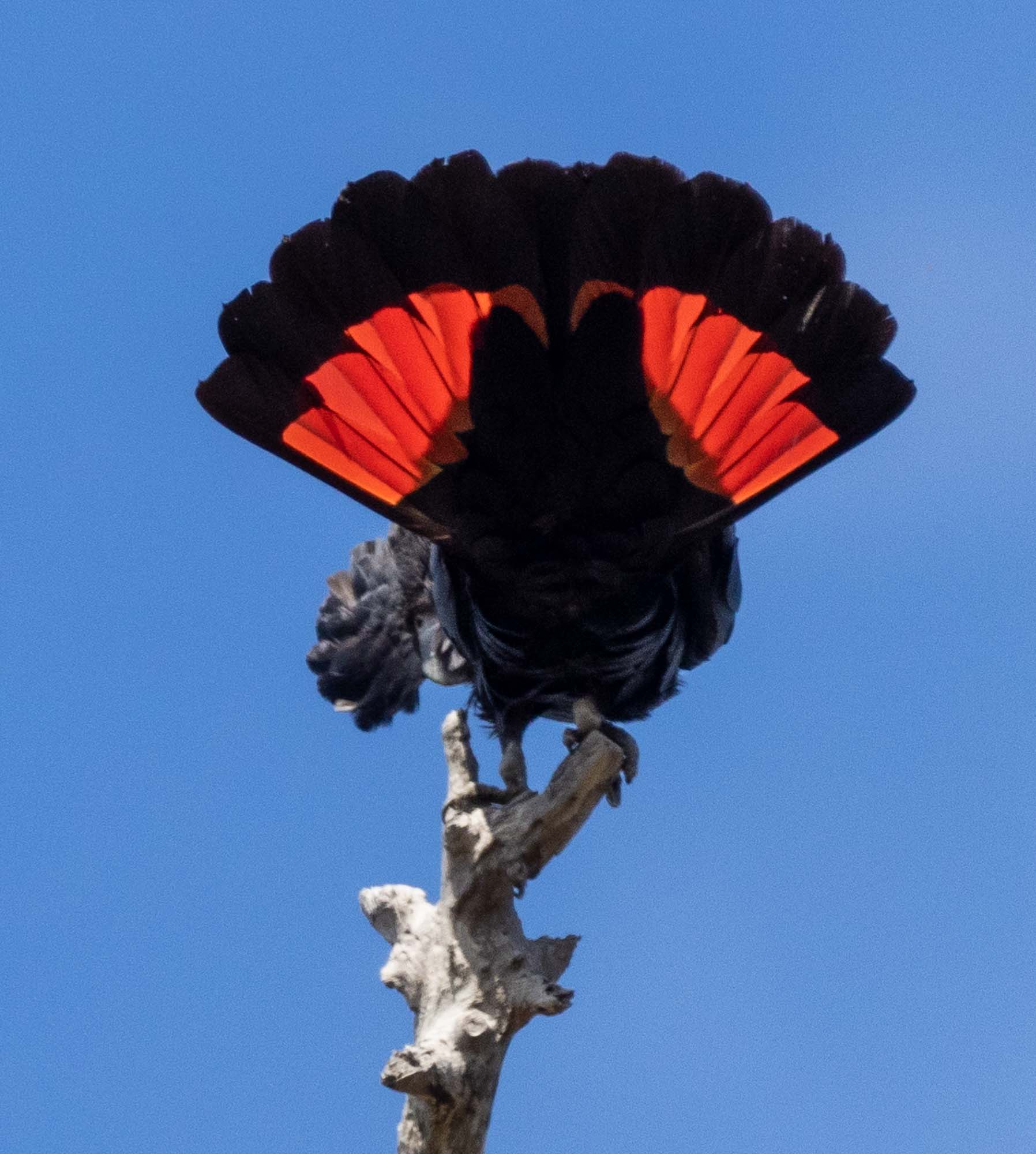
Day 37: 11th October
(6780 km)
Today we turned around and started to head back east. After 5 weeks driving with the sun on our right shoulders, the feeling was quite odd. Leaving the Margaret River region and the South West Capes, we first drove east, then south.
We’d planned a rather long drive, heading for Mt Barker where we’ll base ourselves for a couple of nights while we explore the nearby Porrongurup National Park. Mt Barker is just 53km north of Albany, so we’re heading back into regions we visited on the journey west.
But we also planned a couple of birding / orchiding stops en route to Mt Barker, including a stop at Nannup.
Bird Spotting
The birding highlight of the day, however, was not at all planned. A long stretch of very good road links Margaret River and Nannup, yet most traffic travels other roads. So by mid morning we are zooming along when suddenly Paul cries out “cockatoos …. stop”. He is pretty sure he saw a flash of red! Some quick braking, a u-turn, and we pull off the road … and luckily the birds are still there!
South-western subspecies of the Red-tailed Black-Cockatoo (Calyptorhynchus banksii ssp. naso)
This is very exciting for us. We’d not seen the Red-tailed Blacks in this region, and we were about to leave their territory. This subspecies is only found in the far South West of WA, north to around Perth and east to Albany, and is classified as Vulnerable.
After creeping along to get ‘up-sun’ of the birds, I get a great view … and was able to get some rather nice photos.
We’re struck by how large the crests are, on both males and females, and by the radiating pattern of yellow spots on the female’s face.
The birds are watching us, and quite wary … and then we witness some interesting behaviour.
male (left) and female (right)
There were at least five birds: a pair with a juvenile, and another pair. The male parent was clearly on guard, sitting high in the branches and calling. And he was using his tail in what could only have been a deliberate communication. Whether he was signalling to the other birds, or trying to scare us off I don’t know.
He also seemed to use this tail-flaring trick to impress his partner. Head down, wings out, tail displayed … while she feigned indifference.
The male (left) flares his tail in what is clearly a deliberate communication directed at the female (right)
A perfect – and surprising! – start to a long day of driving.
An (extended) orchid walk
Our next stop, near Nannup, was based on a tip in our new orchid guide book. It’s a floral reserve, with several walking trails. We choose the 2km loop and head off.
Flowers everywhere, but just a couple of orchids. Seems we weren’t so lucky with our timing in this particular site.
But with blue skies and temperatures hitting 24 degrees, this was our first real Summer’s day … and there were insects everywhere!
We also came upon another group of three Red-tailed Black-Cockatoos, this time feeding in the tall Jarrah trees.
Just a little bit lost
Somewhere along the way, the track markers disappeared and we found ourselves a little bit lost. There were tracks. Too many tracks. And, stupidly, neither of us had a phone … so no GPS. Oops!
Oh well, just keep walking. And walking. Eventually we came to a bitumen road, so we followed it in what we hoped was the right direction. More walking. No sign of our car. Uh-oh!!
OK, we’ll just have to flag down a passing car and ask where we are. That should be easy. Except there is virtually no traffic.
Finally a car … we wave … they stop. Phew!
But not just any car … an emergency services Fire and Rescue vehicle! Really nice guy. Offers us a lift back to our car. Chilled bottles of water. And he even knows his orchids! Apparently we’re a week or two late for this spot but the “Donkeys and Spiders are in full bloom in Dunsborough”. (damn … that’s back near Cape Naturaliste! We missed them!!)
Turns out we were only about one kilometre from the car, and heading the right way … all good! But I’m sure we’ll be more careful to remember our phones in future.
One last stopover
One more planned stop, this time at Lake Muir. This huge Ramsar-listed wetland is a noted bird spot, and a site recommended for orchids. However, during our brief visit we saw few birds or orchids … but I was excited to find a whole bunch of small dragonflies. I’m not sure, but I think this might be a new species for us!
My definition of a very lucky day!
LIFERS en route to Mt Barker: first-ever sightings of these bird species
Western Corella (at Lake Muir), Red-tailed Black-Cockatoo ssp. naso





























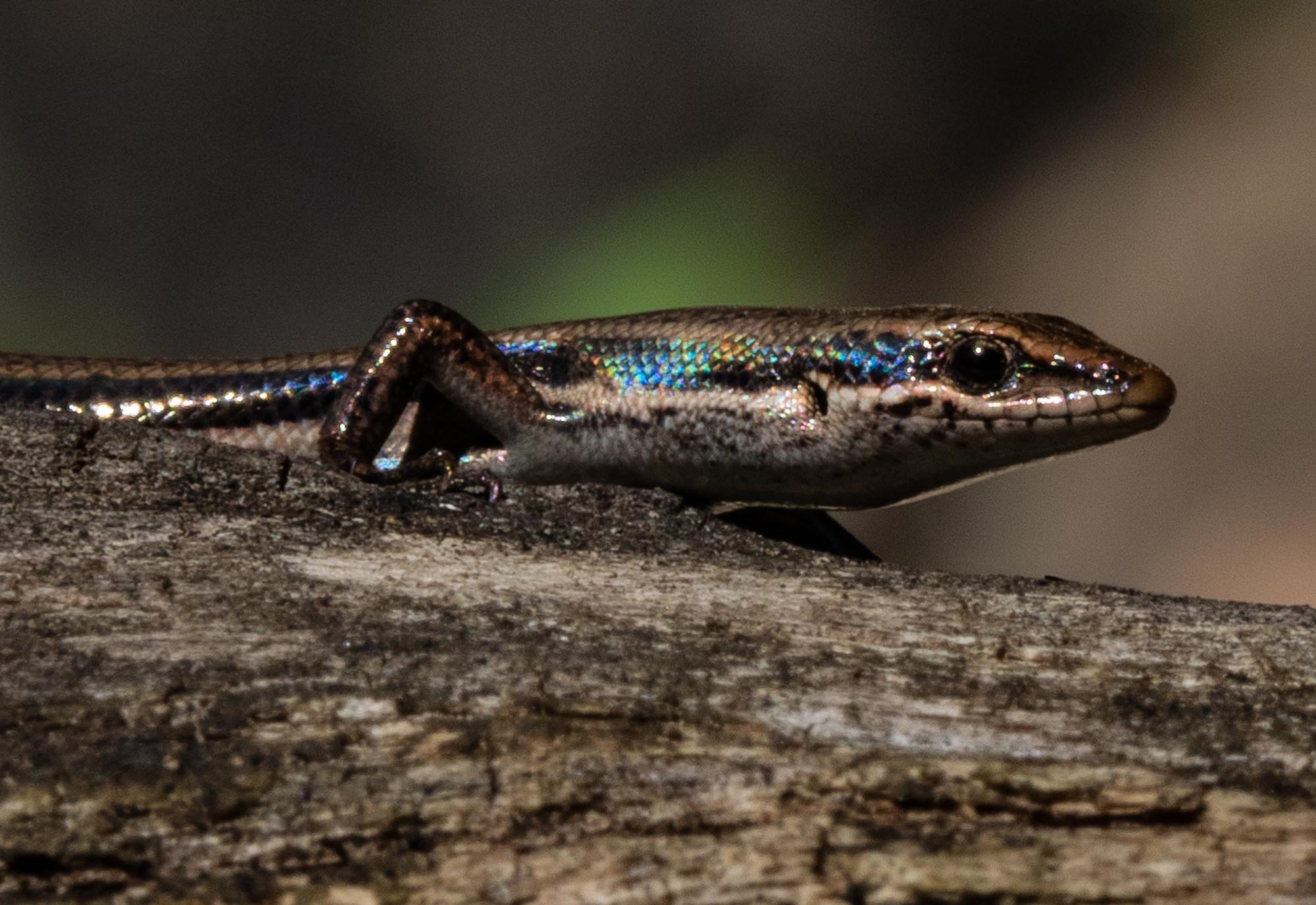
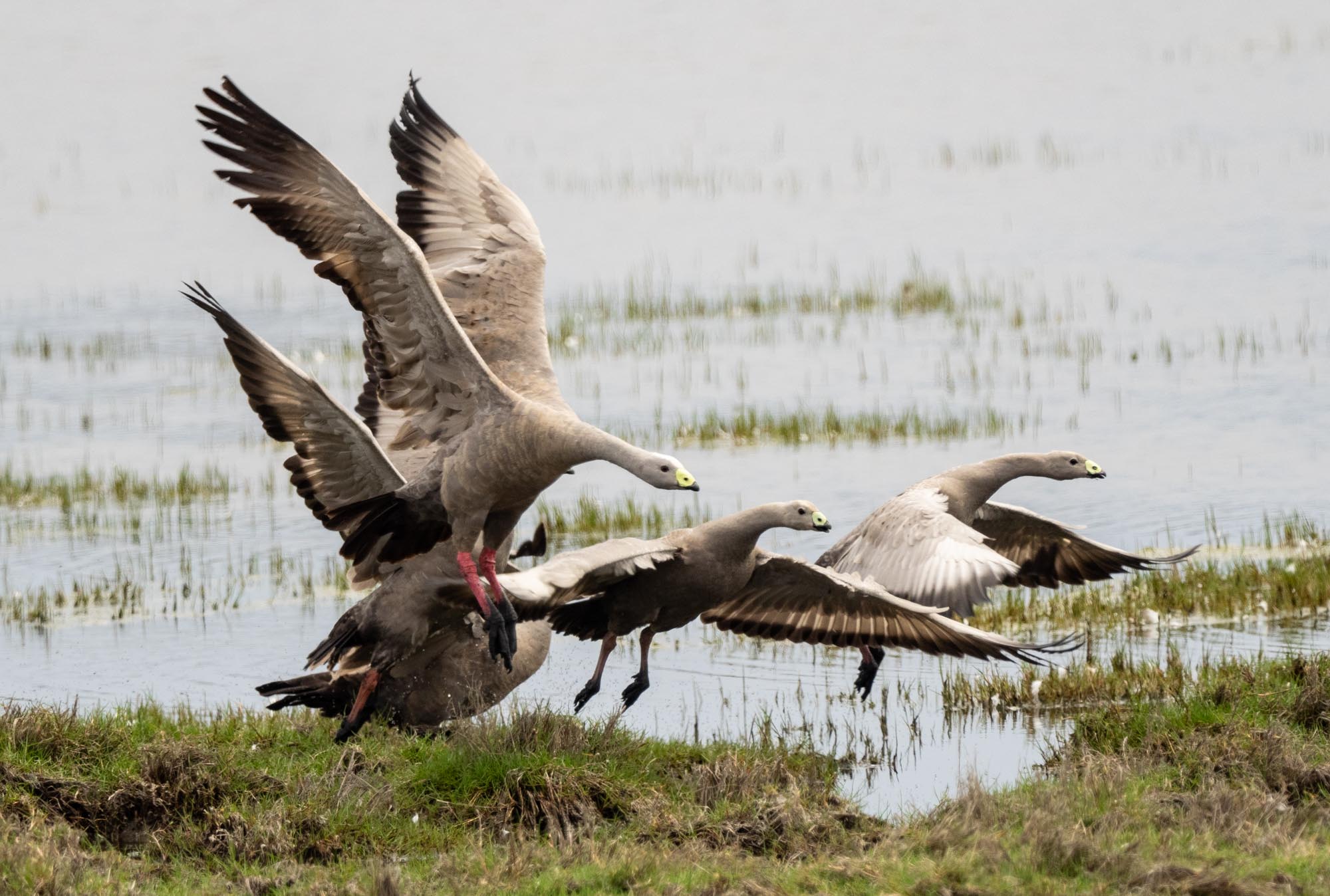



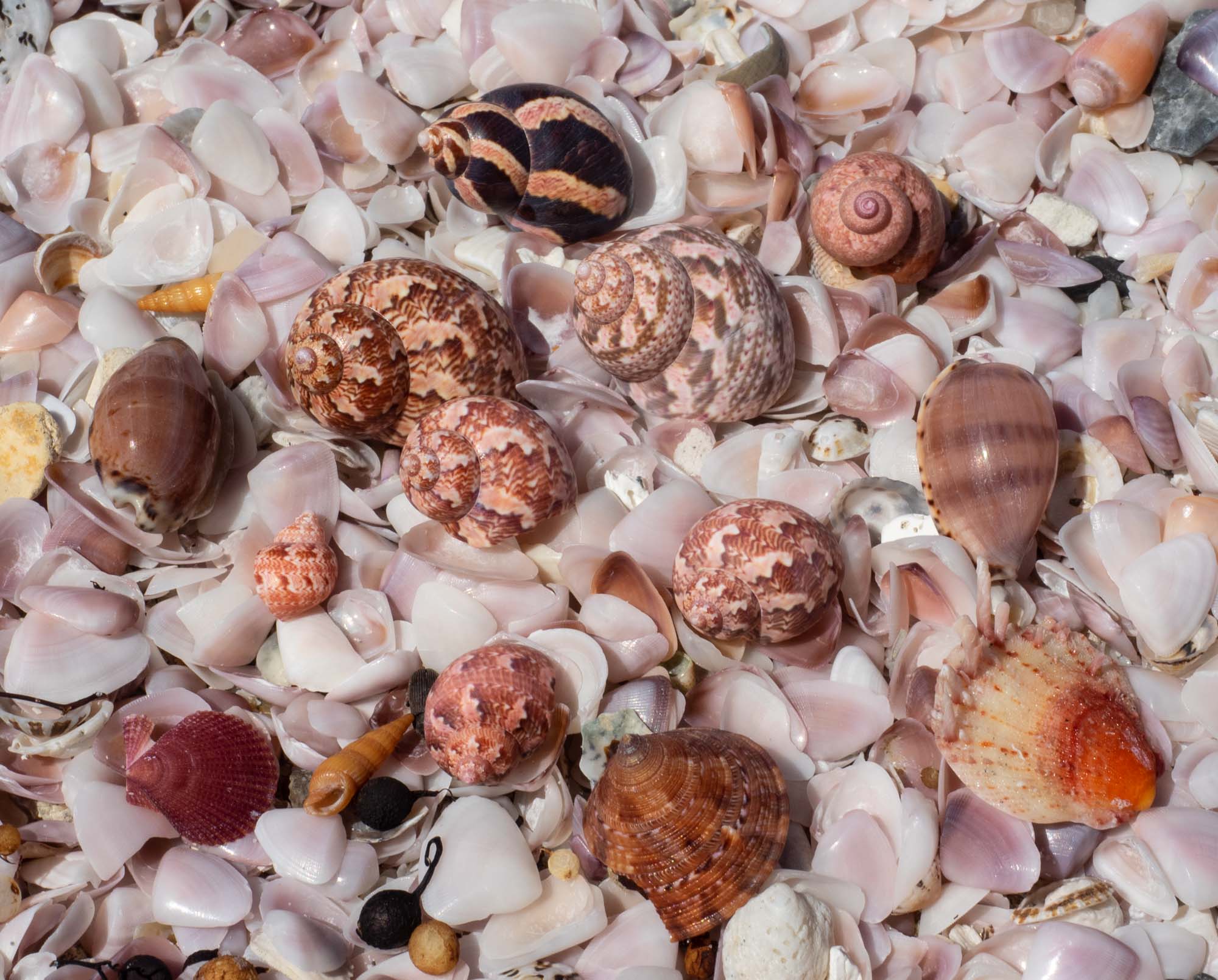
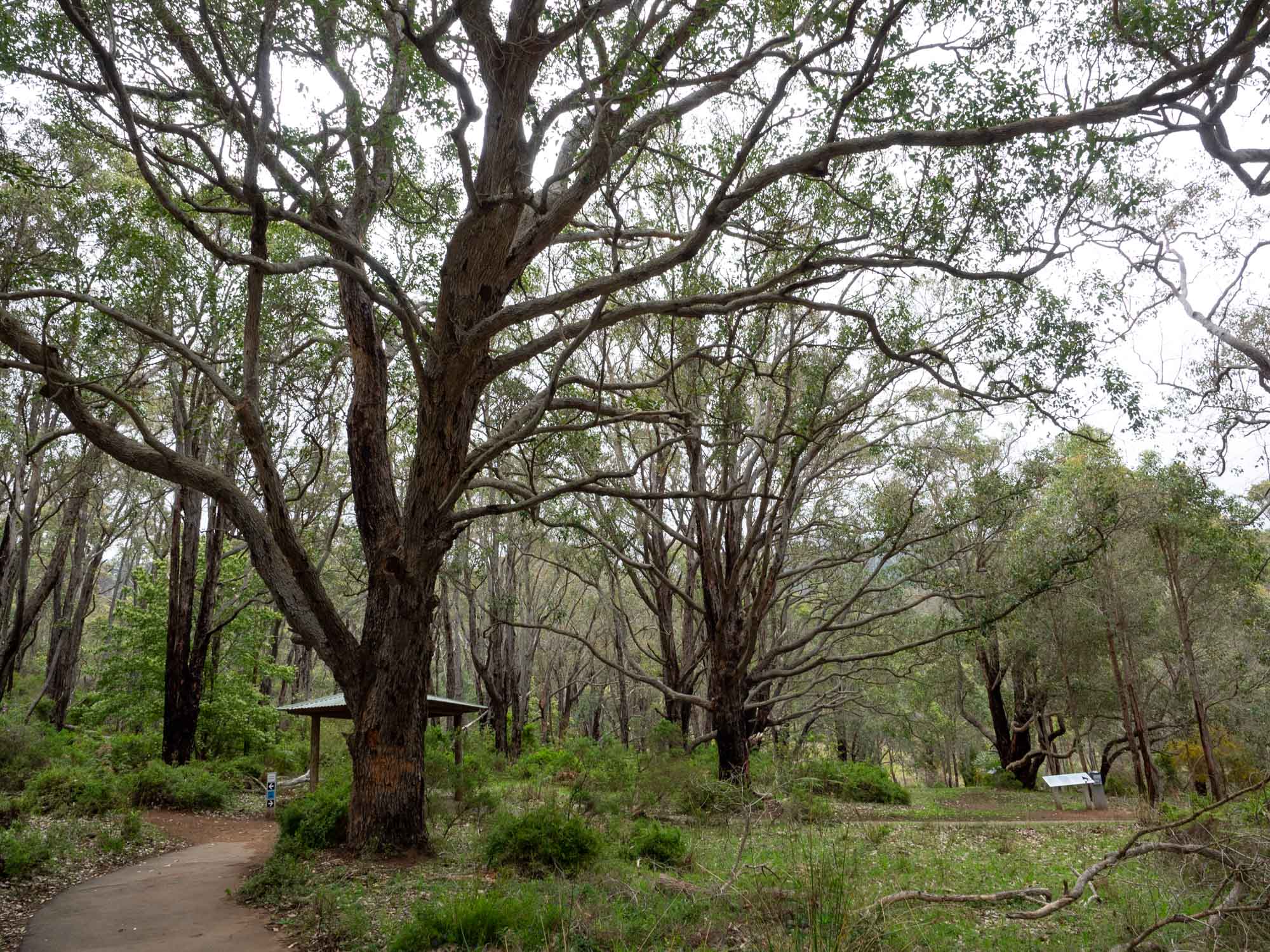

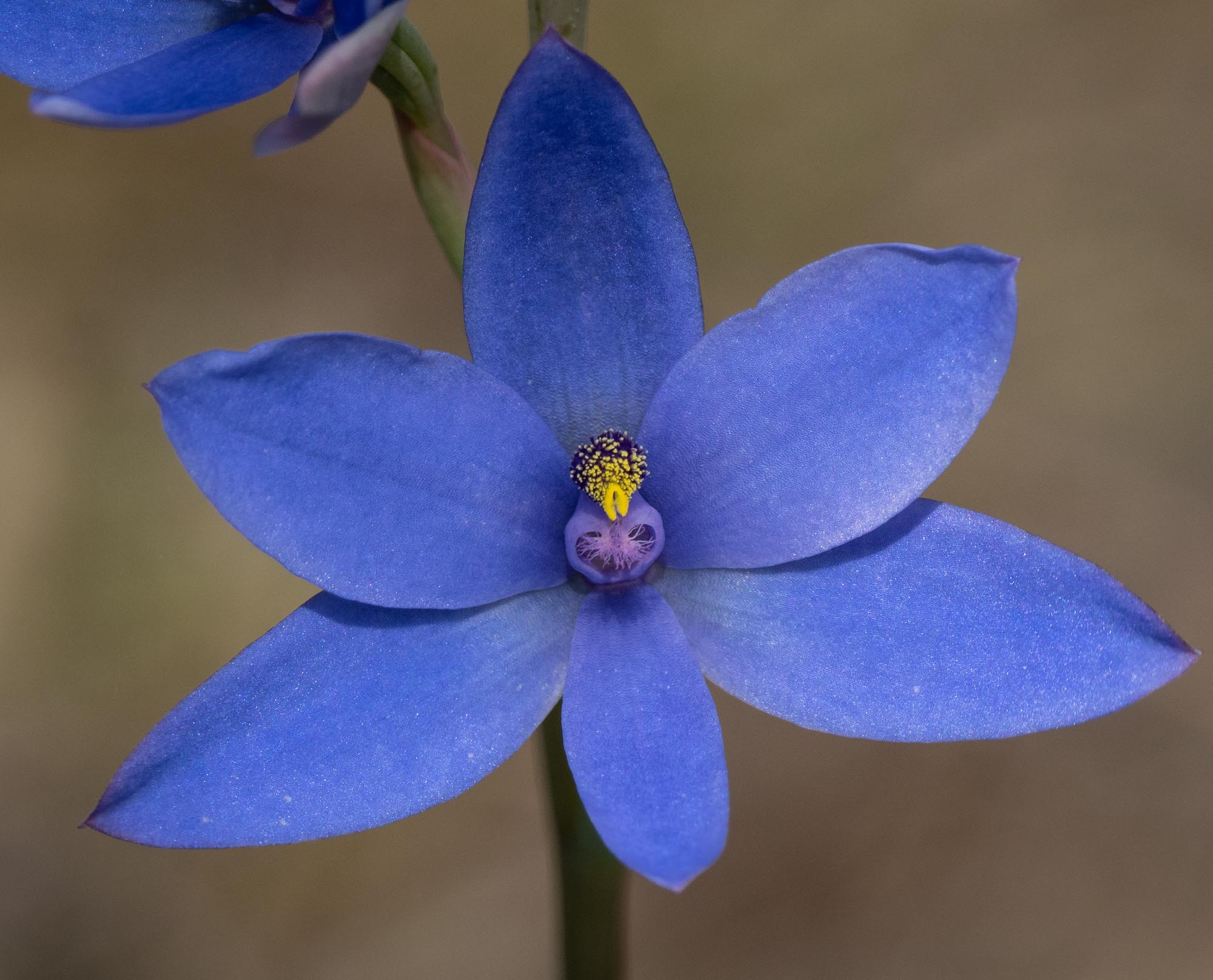
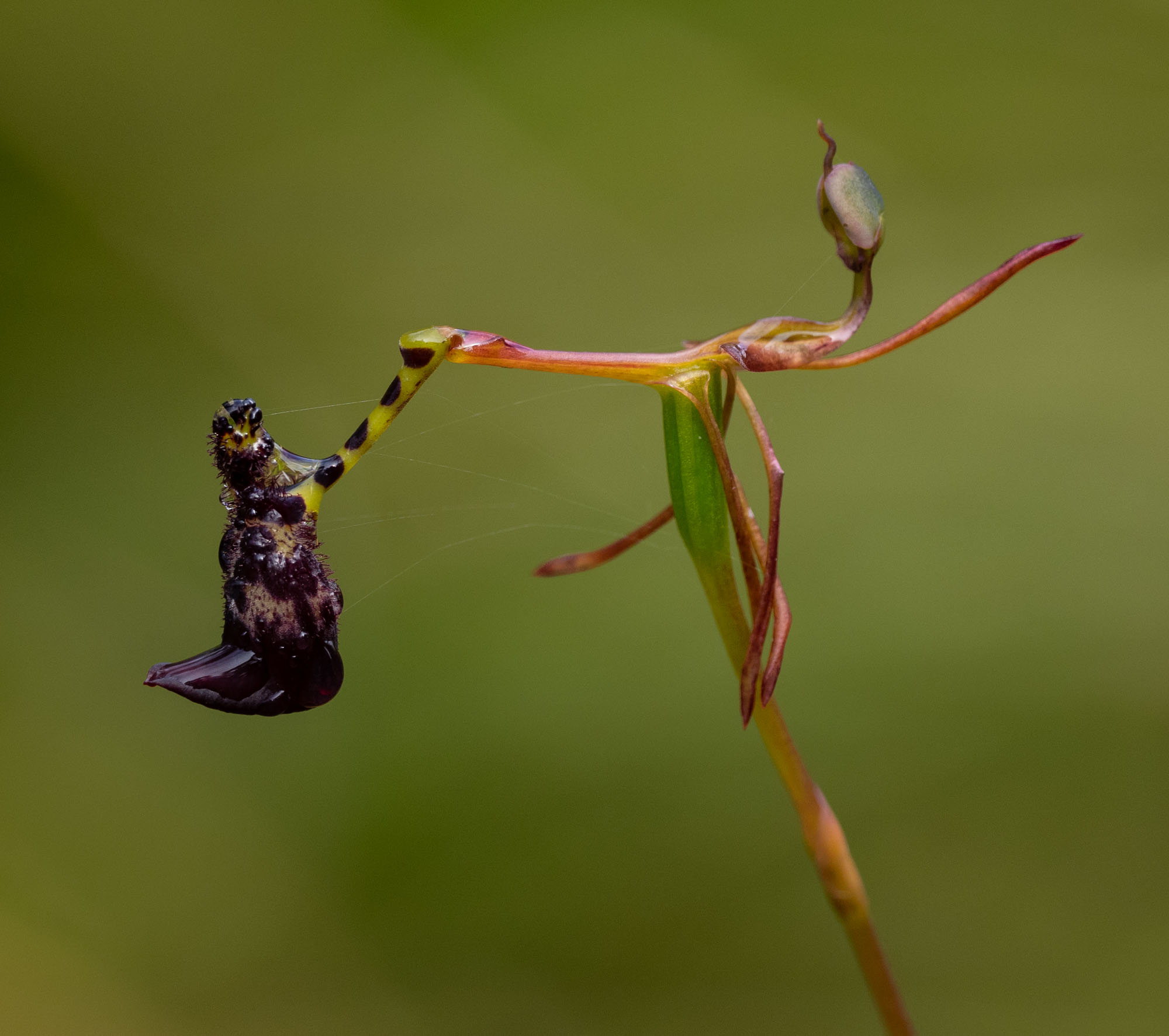
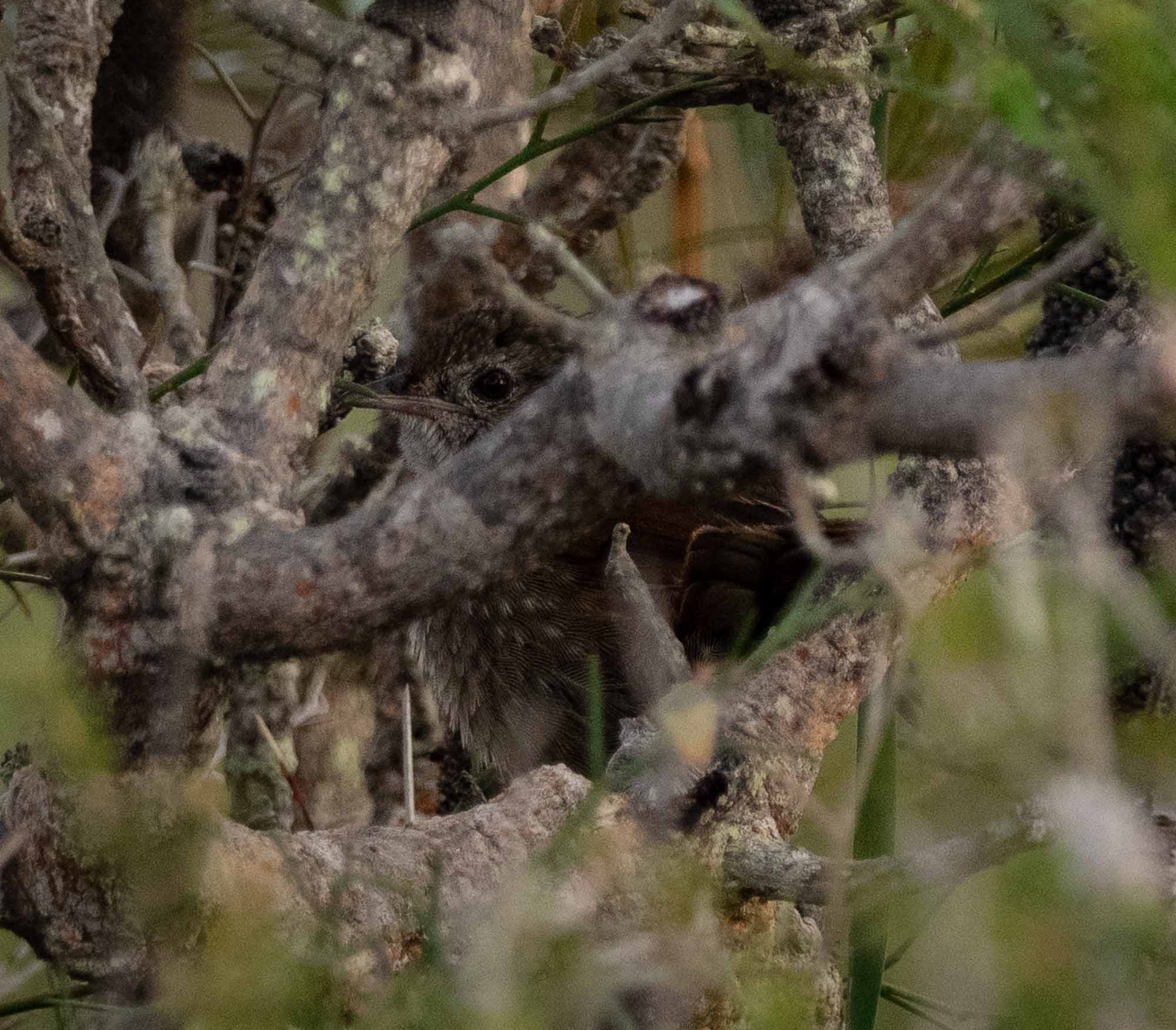


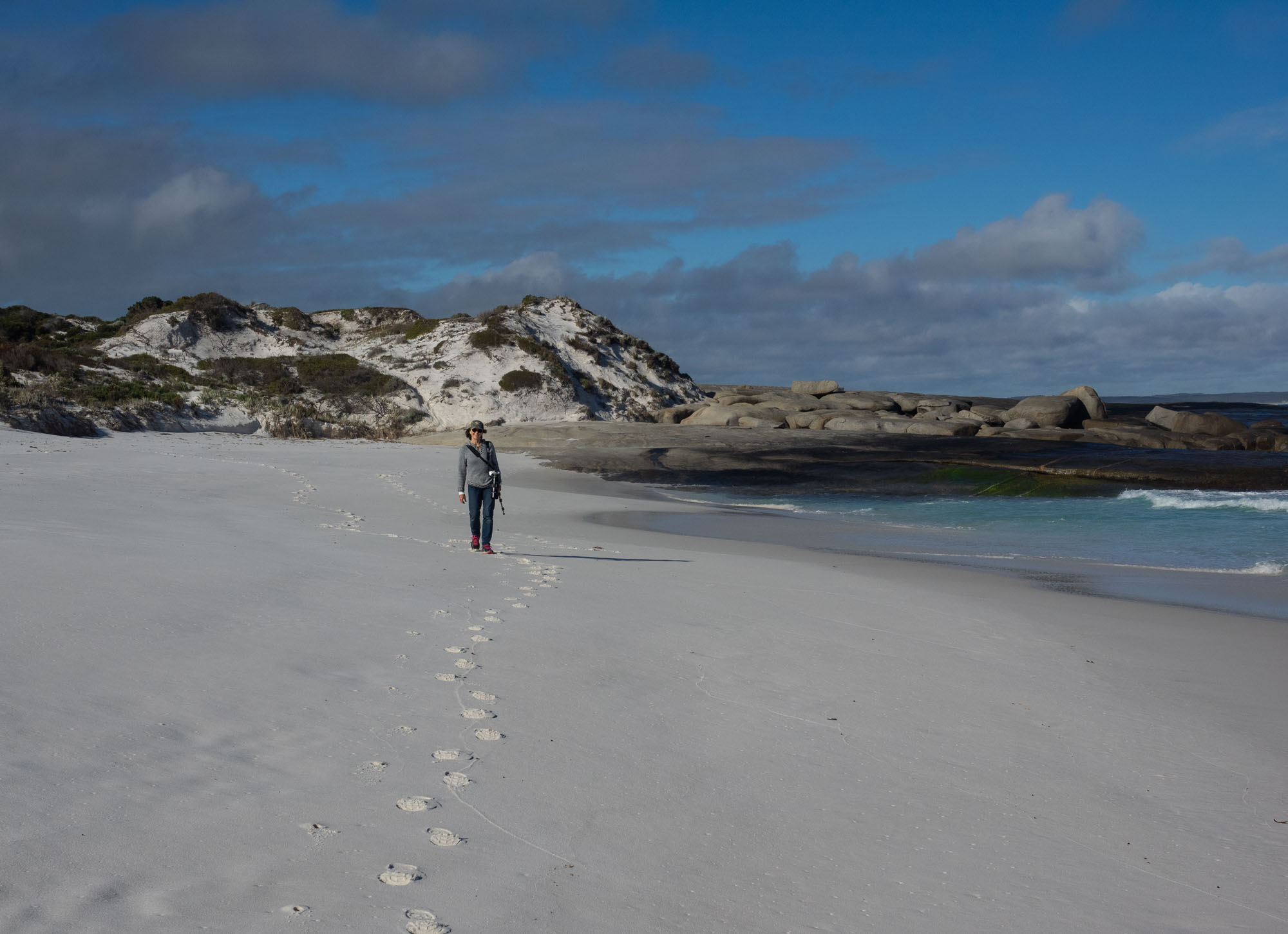
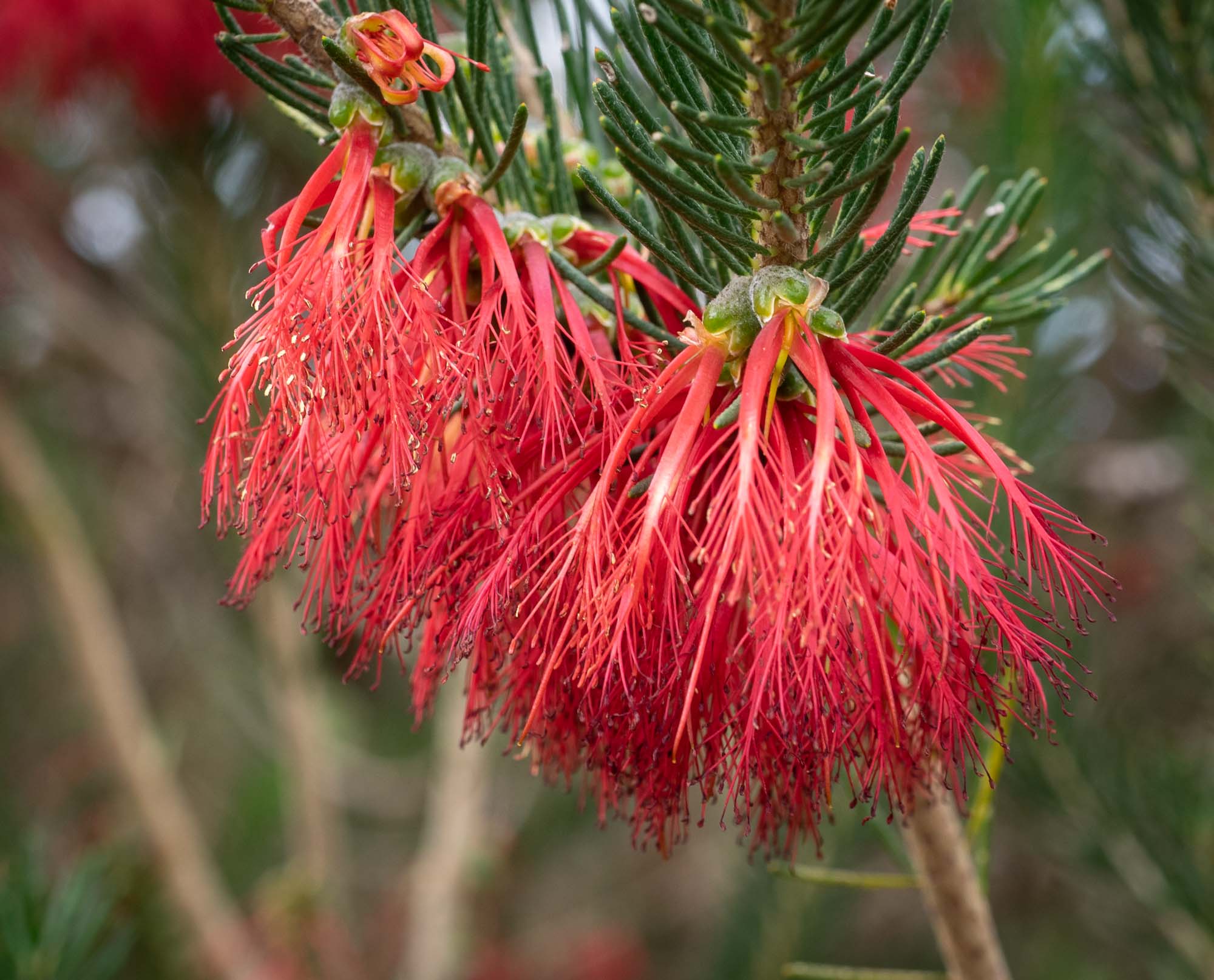
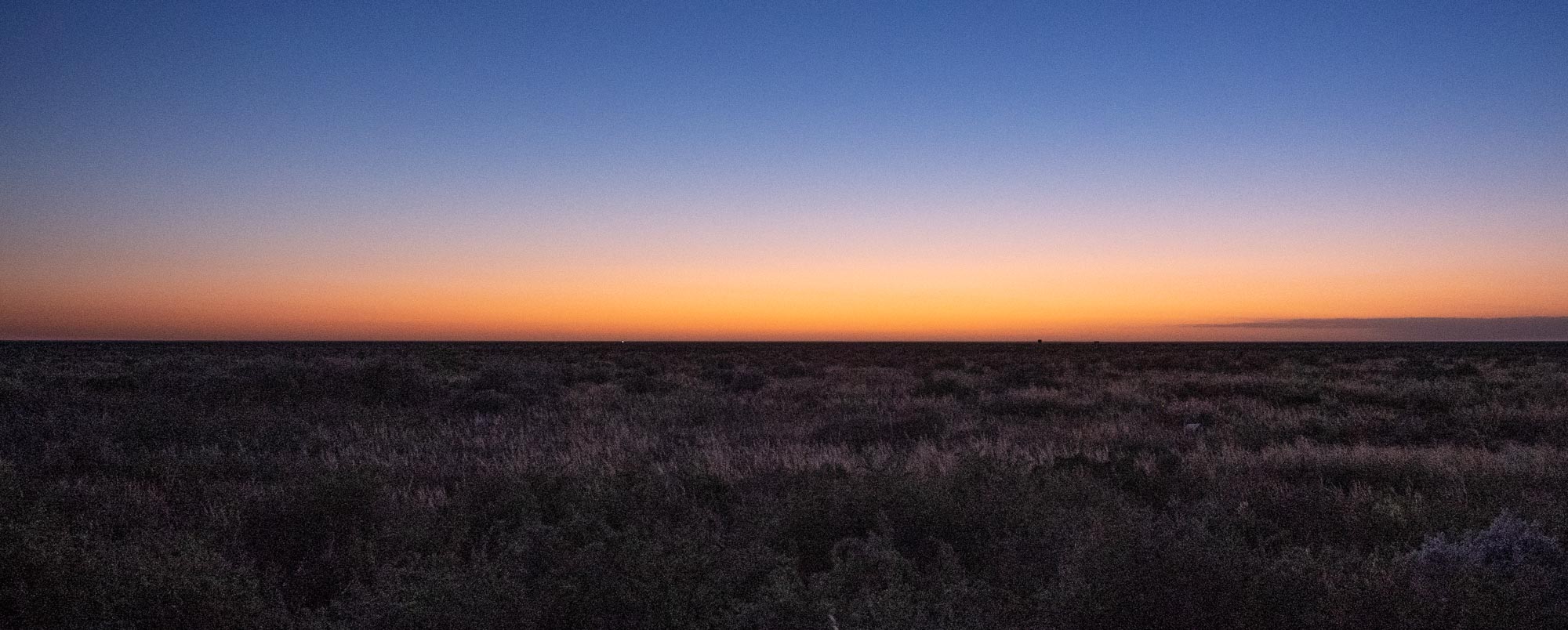
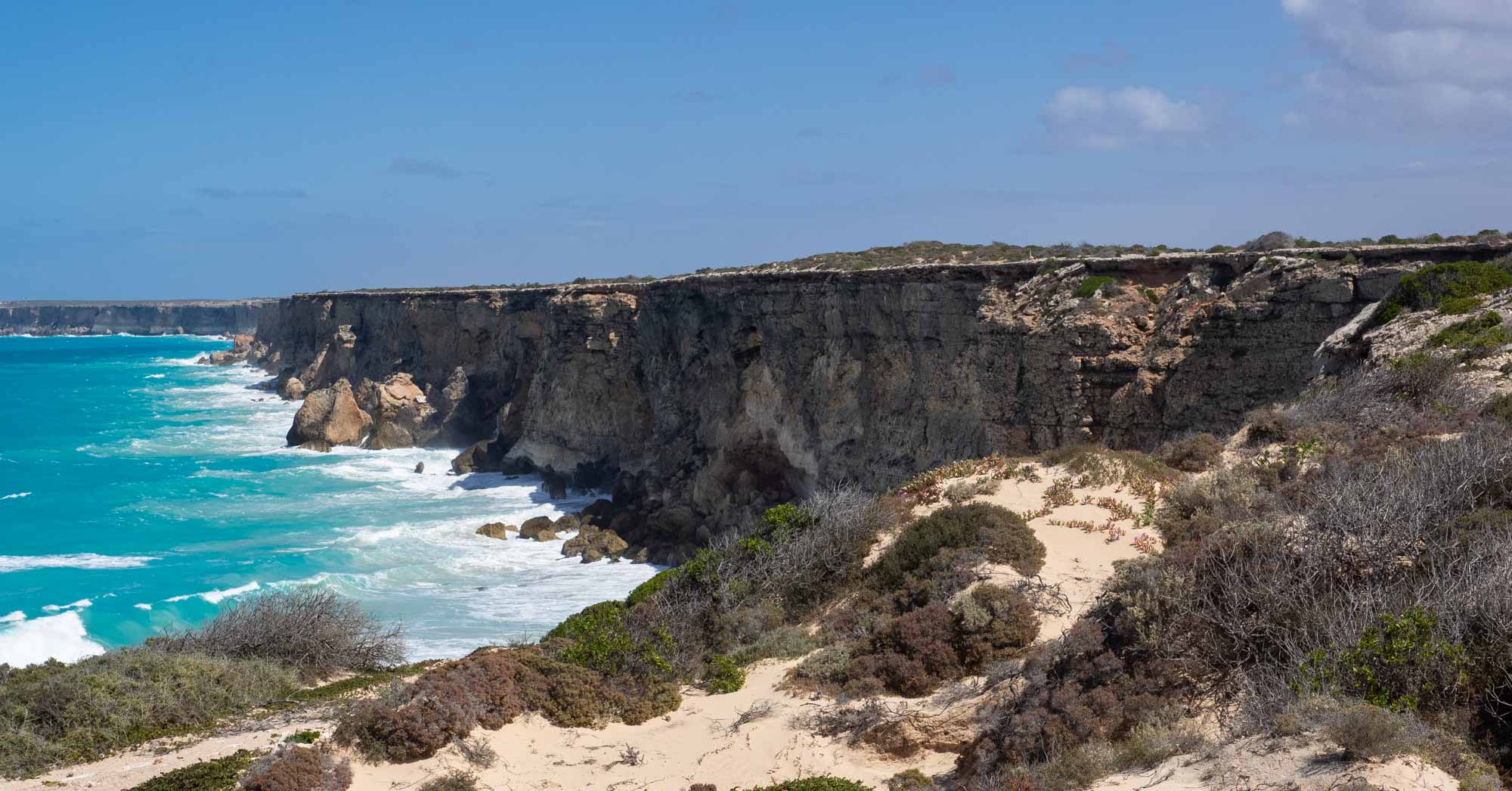




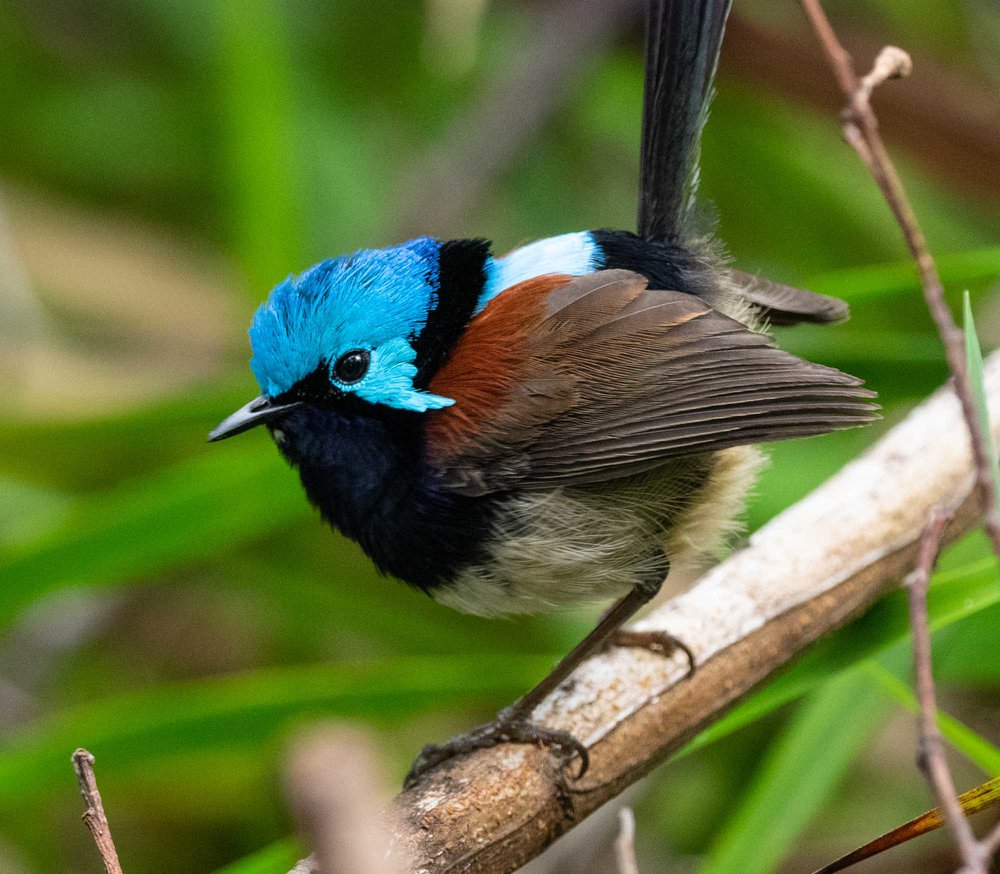
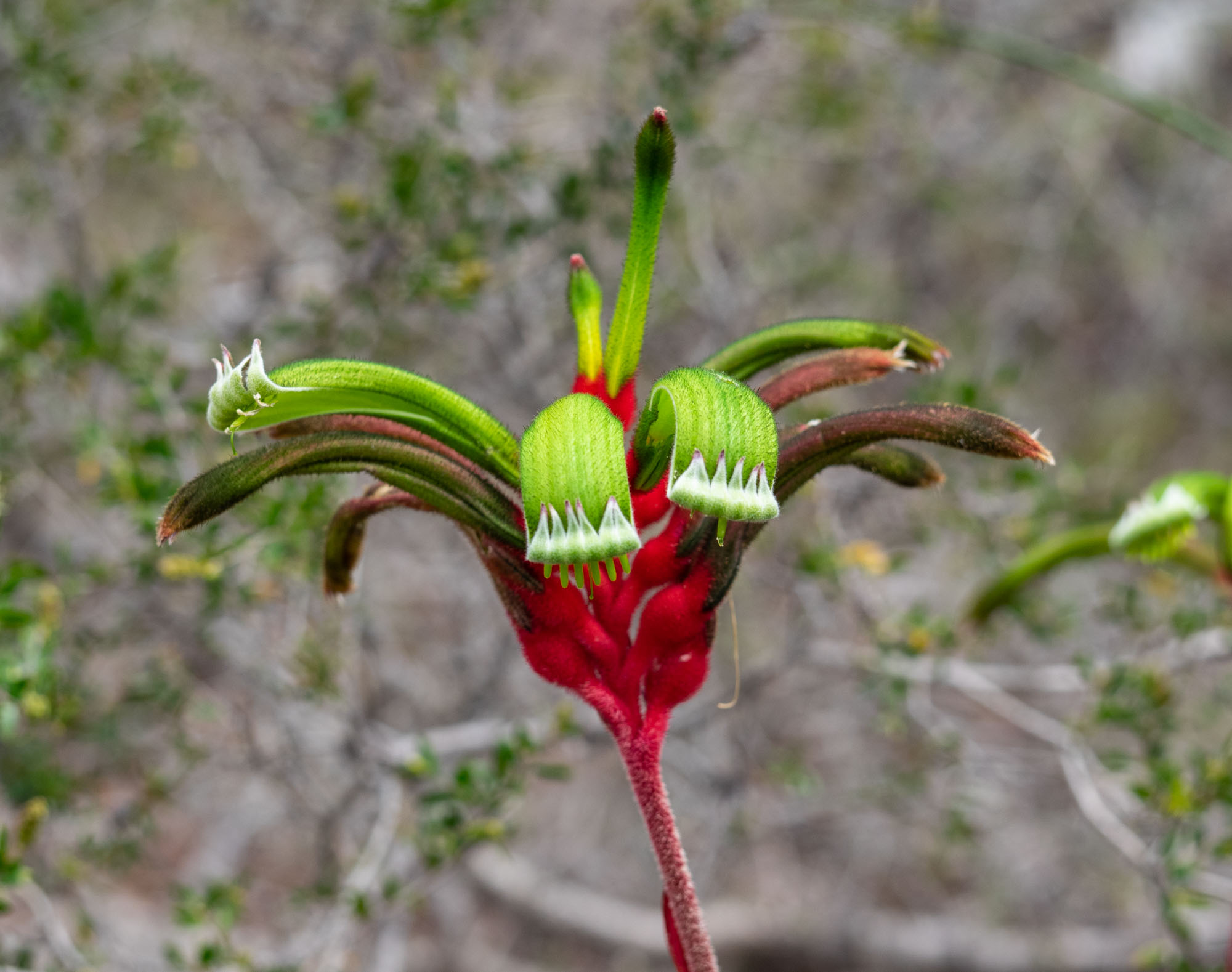
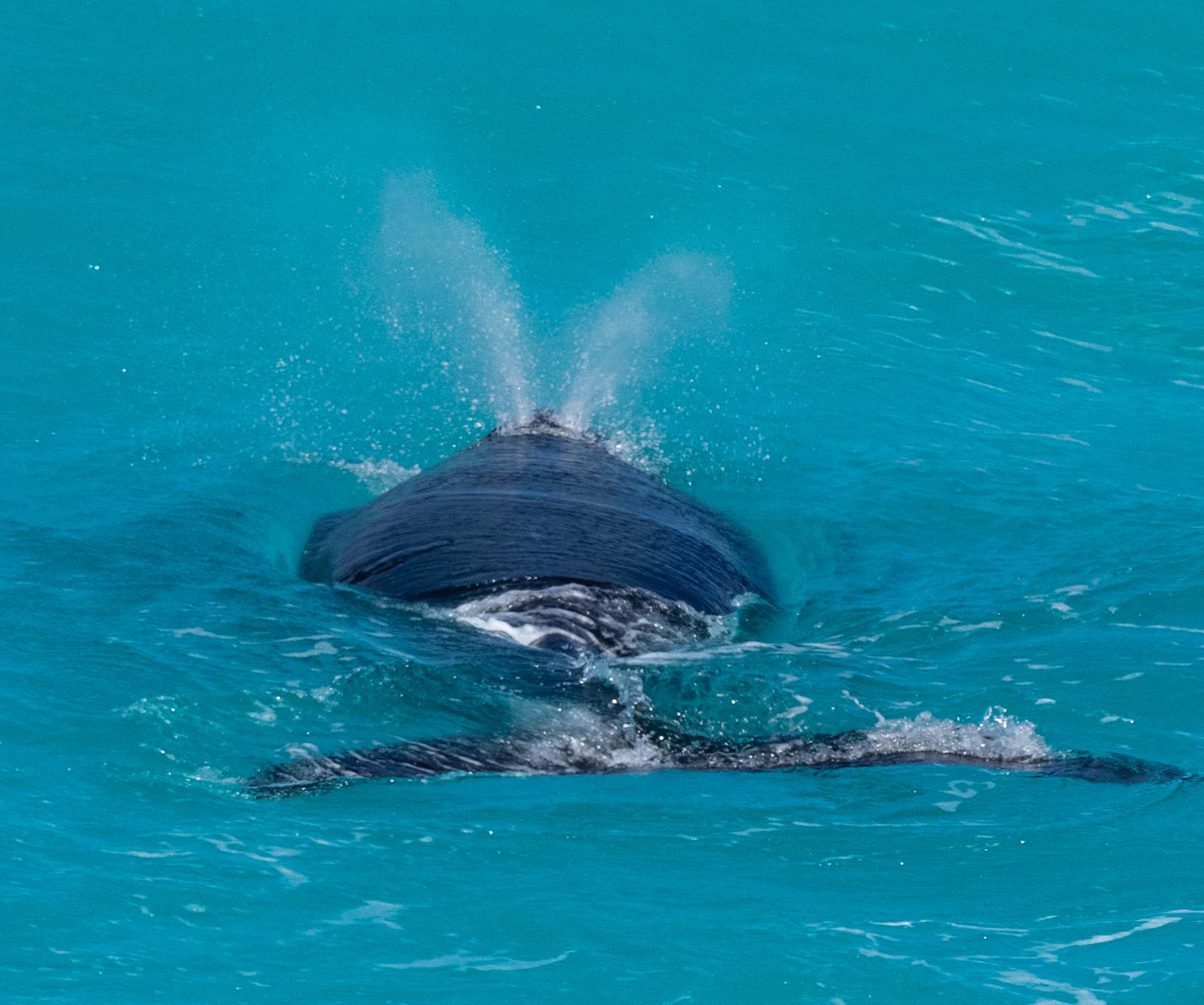
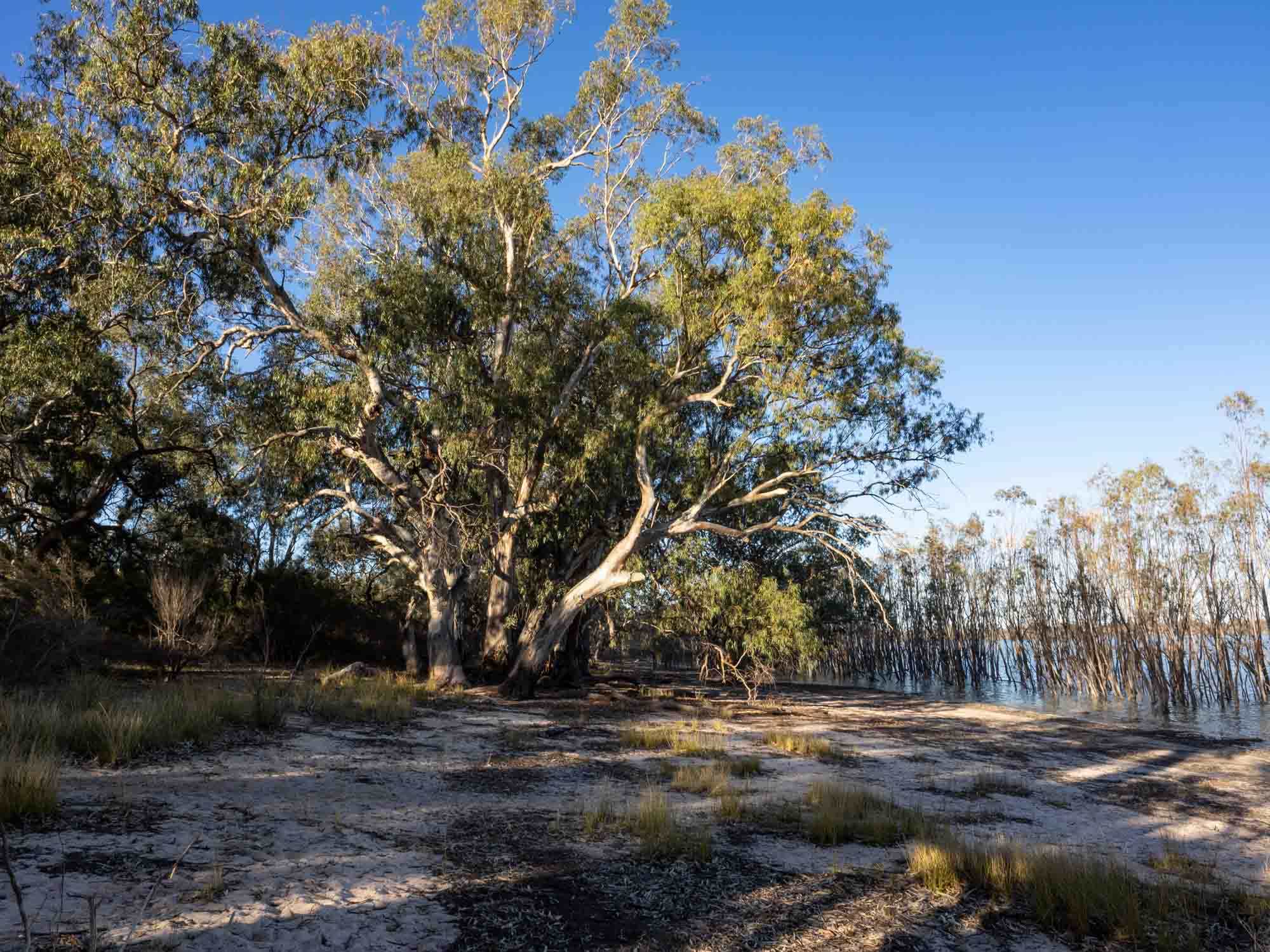
31st October - 4th November: my final post, as we head towards Melbourne.